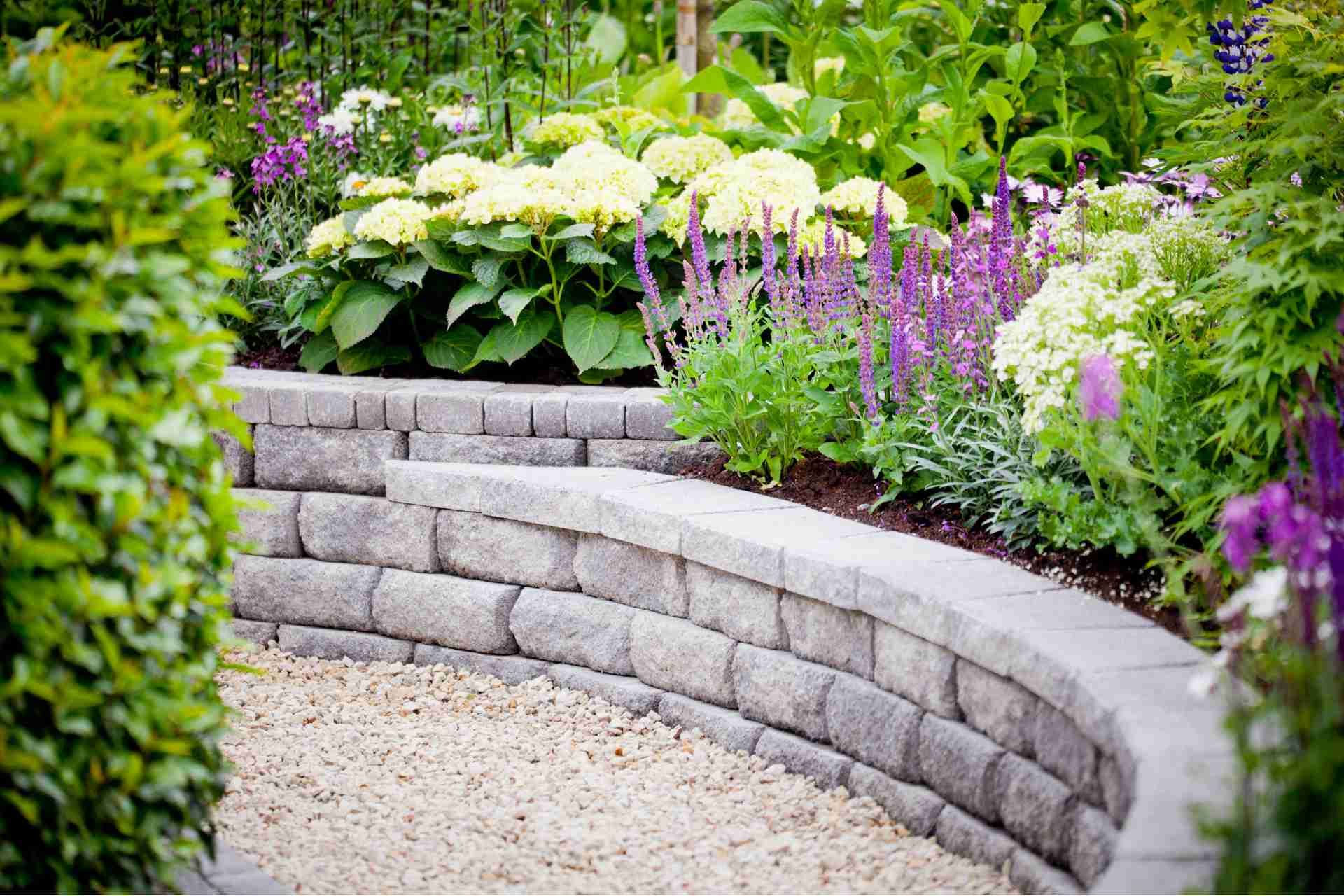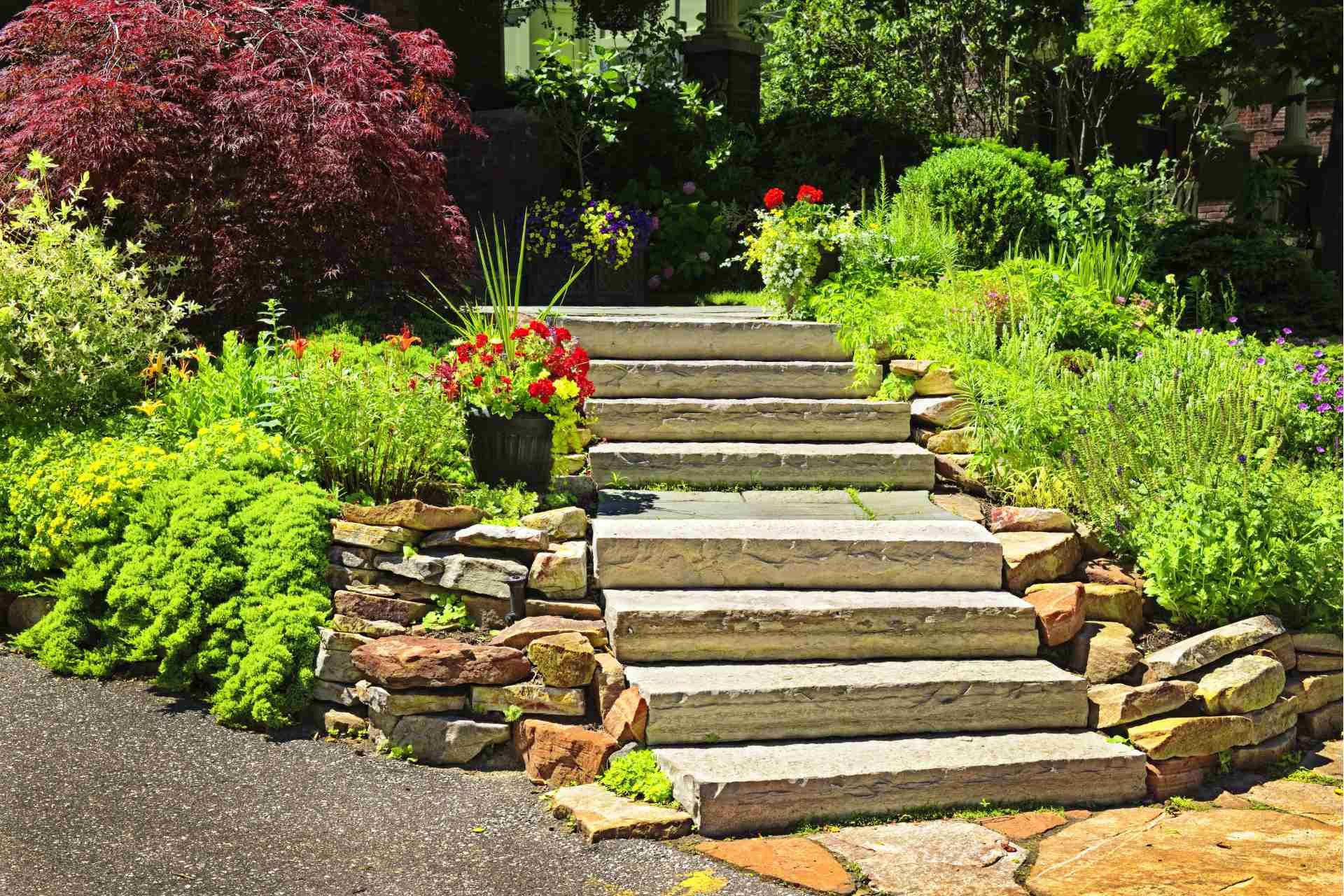When To Do Landscaping
When it comes to landscaping, timing is everything. You need to consider seasonal changes and the best times for planting flowers and shrubs. Spring and early fall often yield the best results, but each season has its own set of tasks. Knowing when to tackle these jobs can make a significant difference in your yard's health. So, what should you prioritize during each season to ensure your landscape thrives?
Understanding Seasonal Changes in Landscaping
As you plan your landscaping projects, it's essential to understand how seasonal changes can impact your garden's health and appearance. Each season brings unique challenges and opportunities.
In spring, you'll witness new growth, making it the perfect time for planting and rejuvenating your garden.
Summer can be hot and dry, so you'll need to focus on watering and maintaining your plants.
Fall presents an excellent chance for planting perennials and preparing your garden for winter.
Finally, winter requires you to protect your plants from frost and harsh conditions.
Best Times for Planting Flowers and Shrubs
Understanding the best times for planting flowers and shrubs can significantly enhance your garden's beauty and health.
Generally, early spring or fall are ideal for planting. In spring, wait until the last frost date to ensure seedlings thrive. This allows roots to establish before summer heat kicks in.
Fall planting gives your shrubs and perennials a head start, as they can develop roots in the cooler soil. Make sure to choose plants suited to your climate zone for optimal growth.
Additionally, consider the specific flowering times of your chosen plants; some prefer full sun while others thrive in partial shade.
Timing and proper selection can create a vibrant, flourishing garden that you'll enjoy for years to come.
When to Install Hardscapes
When's the best time to install hardscapes in your garden?
Ideally, you should tackle hardscaping in the spring or early fall. These seasons offer mild temperatures and less chance of extreme weather, making it easier for you to work on your project.
During spring, the ground is usually soft enough for digging and installation. If you choose early fall, the soil is still warm, promoting better settling of materials before winter hits.
Avoid installing hardscapes in the peak of summer due to heat and potential ground hardening. Likewise, winter installation can be challenging with frozen ground.
Seasonal Maintenance Tasks for Your Yard
Maintaining your yard throughout the year involves a variety of seasonal tasks that keep your outdoor space looking its best.
In spring, focus on cleaning up debris, pruning trees and shrubs, and mulching flower beds.
Summer is the time for weeding, watering, and deadheading flowers to promote growth.
As fall rolls around, rake leaves, plant bulbs for spring blooms, and prepare your garden for winter by cutting back perennials.
Winter maintenance involves protecting plants from frost, checking for damage, and planning for next year's landscaping projects.
By tackling these seasonal tasks, you'll ensure your yard thrives year-round, providing you with a beautiful outdoor space to enjoy.
Stay proactive, and your efforts will pay off in a vibrant landscape!
Timing for Lawn Care: Mowing, Aerating, and Fertilizing
Effective lawn care hinges on timing, as mowing, aerating, and fertilizing at the right moments can make all the difference in achieving a lush, healthy lawn.
Start mowing when the grass reaches about one-third taller than your desired height, usually every 1-2 weeks during the growing season.
Aerate your lawn in the spring or fall when the soil is moist, allowing nutrients and water to penetrate deeper.
Fertilize in early spring and again in late summer, using a slow-release fertilizer to nourish your grass throughout the growing season.
Keep an eye on weather conditions—avoid mowing when it's wet, and don't fertilize before heavy rain to prevent runoff.
With proper timing, you'll cultivate a vibrant lawn.
Preparing Your Garden for Winter
As the growing season winds down and you finish your lawn care routine, it's time to turn your attention to preparing your garden for winter.
Start by clearing away dead plants and debris to prevent pests and diseases from overwintering in your garden. Trim back perennials, but leave some stems for winter interest and wildlife.
If you have tender plants, consider bringing them indoors or providing protective coverings. Add a layer of mulch to insulate the soil and regulate temperature.
Water your garden well before the ground freezes, ensuring your plants are hydrated.
Finally, take this opportunity to plan for the spring, noting any changes or additions you want to make when the weather warms up.
Spring Cleaning: Revitalizing Your Landscape
When spring arrives, it's time to breathe new life into your landscape. Start by clearing away any debris from winter—fallen leaves, twigs, and dead plants. This not only enhances the appearance but also promotes healthy growth.
Next, assess your garden beds; consider adding fresh mulch to retain moisture and suppress weeds. Don't forget to prune your shrubs and trees to encourage new growth and shape them nicely.
It's also the perfect moment to evaluate your lawn. Reseed any bare patches and fertilize for a lush green carpet.
Finally, select vibrant flowers or plants that thrive in your climate, and start planting! With a little effort, you'll create a stunning outdoor space that you can enjoy all season long.
Summer Tips for Keeping Your Yard Healthy
To maintain a vibrant yard during the hot summer months, focus on consistent watering and proper care. Water deeply and less frequently, aiming for about an inch of water per week. Early mornings are best for watering to minimize evaporation. Keep an eye on your lawn and plants for signs of stress, like wilting or browning tips.
Additionally, mulch around your plants helps retain moisture and regulate soil temperature. Regularly mow your lawn, but leave it slightly longer to shade the roots and prevent heat damage.
Fertilizing in mid-summer provides essential nutrients, but avoid over-fertilizing. Lastly, consider planting drought-resistant plants that thrive in heat, reducing your workload while keeping your yard beautiful. Enjoy your flourishing outdoor space!
Fall Landscaping: Preparing for the Cold Months Ahead
After a summer of nurturing your yard, it's time to shift focus to fall landscaping to prepare for the colder months.
Start by cleaning up fallen leaves and debris, ensuring your plants can breathe. This is also the perfect time to trim back perennials and deadhead spent blooms, promoting healthy growth in spring.
Consider adding mulch to protect roots from freezing temperatures and retain moisture. If you're thinking about new plants, fall is ideal for planting trees and shrubs, as they'll establish roots before winter.
Don't forget to winterize your garden tools and equipment to prolong their life.
Lastly, consider adding winter interest with evergreens or ornamental grasses, creating a beautiful landscape that lasts through the cold.
Conclusion
To keep your landscape thriving, timing is everything. By understanding seasonal changes, you can effectively plan when to plant, maintain, and prepare your yard for the coming months. Remember to spring clean, nurture during summer, and protect your garden in fall. Avoid hardscaping in extreme conditions, and stay on top of lawn care tasks to ensure a healthy environment. With a little planning, your landscape will flourish throughout the year!








